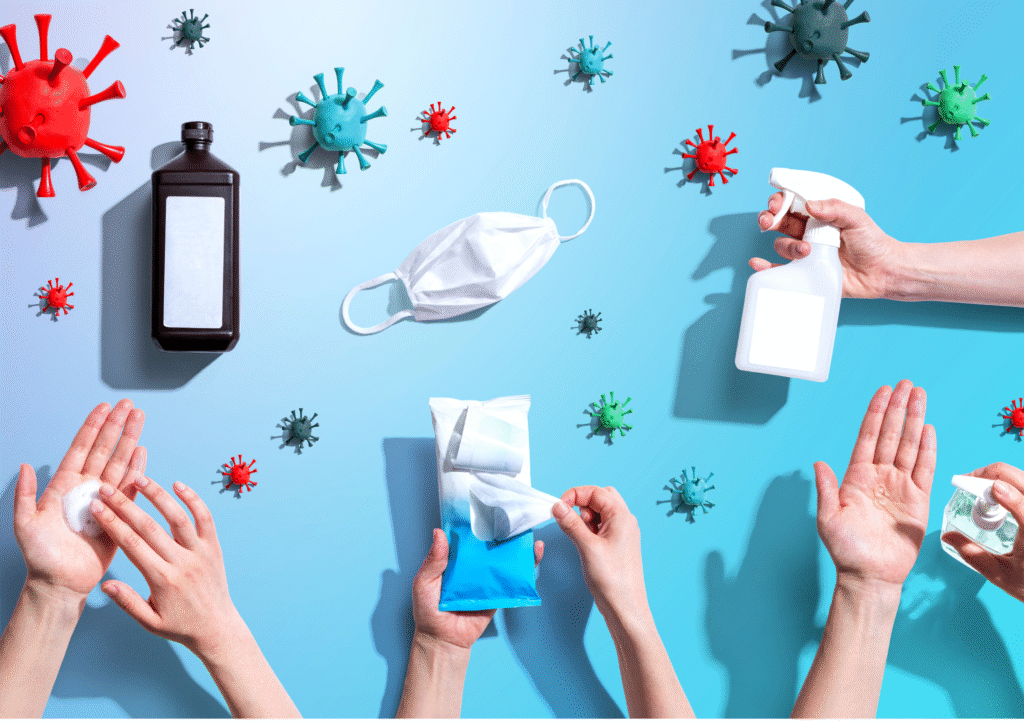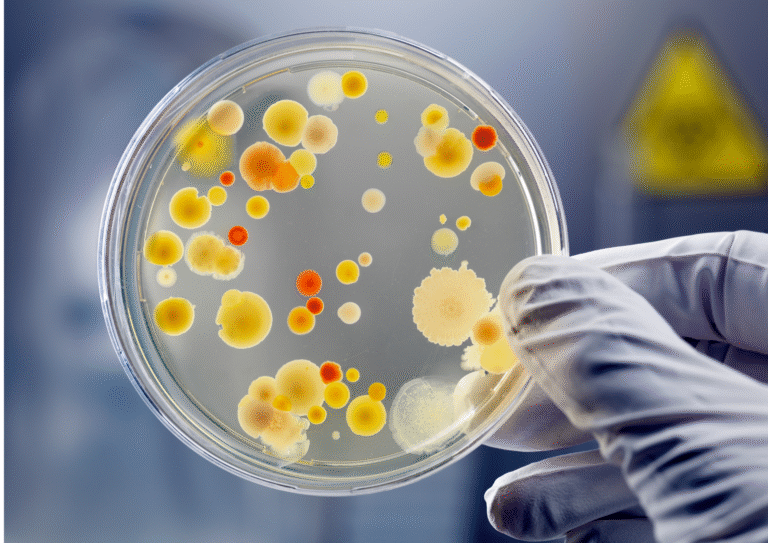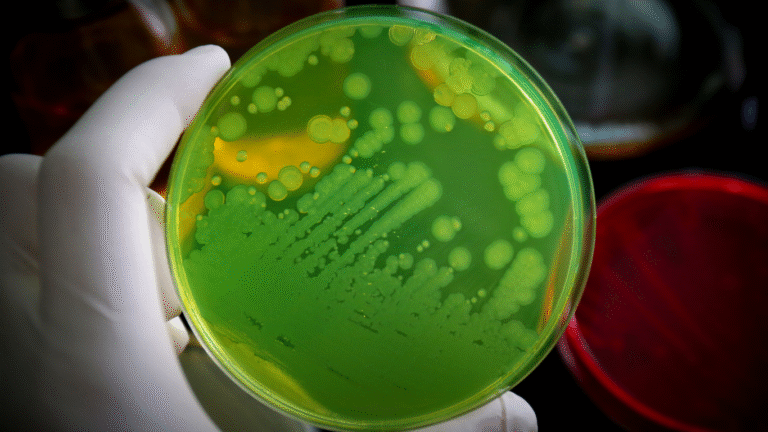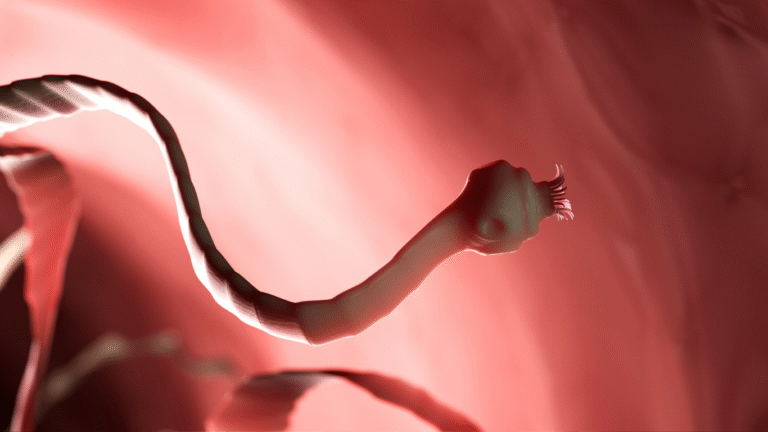
Do You Worry About Unseen Germs in Your Home?
What if your deepest worry is unknowingly bringing unseen germs into your home every single day? You just want a clean, safe environment for your family, without turning into an obsessive germaphobe. If you keep reading, you’ll learn exactly where those unexpected hidden germ hotspots are truly hiding and how to clean them smartly, without overdoing it.
Why understanding Hidden Germ Hotspots in Everyday Life . , . and How to Clean Them matters more than typical cleaning advice. Because many of the germiest places in our homes are frequently overlooked. Neglecting them could mean you’re merely reshuffling germs around your house, not actually getting rid of them, potentially spreading more illness.
However, some people believe that a quick daily wipe-down of visible surfaces is perfectly enough. On the other hand, hygiene experts emphasize that it’s surprisingly easy to miss the most contaminated spots. These overlooked areas can become significant reservoirs for pathogens, leading to a greater spread of illness than you might realize. As a result, targeted cleaning is essential.
1. Kitchen Towels & Sponges: The Germ Condos
You use your kitchen towels and sponges specifically to clean. Irony aside, they are, in fact, among the biggest germ havens in your entire home.
Studies show that between 30% and 50% of kitchen tea towels can harbor dangerous bacteria like E. coli and Salmonella, especially when they are damp. [1] Similarly, kitchen sponges can host billions of bacteria. Research by the Public Health and Safety Organization (NSF International) found that sponges often contain more bacteria than toilet seats in many homes. [2] As a result, instead of cleaning, these items can actively spread germs across your kitchen surfaces with every wipe.
How to fix it:
- Wash kitchen towels daily, or at least every few days, at a high temperature (≥ 60 °C or 140 °F) to effectively kill bacteria.
- Microwave damp sponges for two minutes daily, or soak them in a diluted bleach solution weekly to sanitize. Replace sponges entirely every one to two weeks. [3]
🛁 2. Kitchen Sink & Coffee Maker: Microbial Mixers
Warm, damp areas in your kitchen are prime breeding grounds for microbes. Your kitchen sink, for example, is far from sterile.
Sinks frequently host millions of microbes per square centimeter, including common foodborne pathogens like Salmonella and E. coli. [2, 4] Furthermore, your trusty coffee maker’s reservoir can also be a surprising hotspot. Studies have revealed that mold and yeast are present in approximately 50% of home coffee maker reservoirs. [2, 5] As a result, your morning coffee might just come with an unwelcome side of microscopic guests.
How to fix it:
- Weekly, clean your kitchen sink and drain disposal thoroughly with a bleach solution or a strong disinfectant. [3, 6]
- Monthly, run a cleaning cycle through your coffee maker using a vinegar solution to eliminate mineral buildup and microbial growth. [5]
3. Doorknobs, Light Switches & Handles: Invisible Germ Bridges
These high-touch surfaces are often low-priority when it comes to cleaning, yet they are constantly handled and thus loaded with germs.
Doorknobs and light switches are known to harbor a variety of pathogens, including Staphylococci bacteria and common cold viruses. [7] Surprisingly, studies have shown that everyday items like light switches, refrigerator handles, and microwave buttons can often carry more bacteria than a typical toilet seat. [2, 8] As a result, these seemingly innocuous touchpoints act as invisible bridges, allowing germs to hop effortlessly around your home.
How to fix it:
- Disinfect these frequently touched areas at least weekly, and more often during cold and flu season.
- Use alcohol-based wipes or a diluted bleach solution (following manufacturer instructions) on handles and switches. [6]
4. Toothbrush Holders & Toilet Plume Zones
While bathrooms generally aren’t the absolute germiest spots, they do hide a few particularly hazardous areas.
Toothbrush holders, especially those placed near toilets, are highly susceptible to gathering fecal microbes. These unwelcome guests are carried by invisible “plume” aerosols that are released every time a toilet is flushed. [9] Similarly, the drains and disposal flanges in sinks and showers can host persistent biofilms. These slimy layers protect various microbes, allowing them to thrive and potentially spread. [9] As a result, your oral hygiene tools and even your plumbing can, ironically, become significant health hazards.
How to fix it:
- Clean toothbrush holders weekly. If they are dishwasher-safe, run them through a hot cycle.
- Monthly, scrub sink flanges and drains thoroughly with a strong detergent and hot water to break down biofilms. [9]
5. Pet Bowls & Toys: Germs from Our Best Friends
We adore our pets, but their feeding bowls and toys can, unfortunately, be surprisingly dirty.
Pet dishes and toys are frequent hosts for common foodborne pathogens like Salmonella and E. coli, as well as various molds. [2, 12] In fact, studies testing pet bowls and toys in homes have consistently found high levels of microbial contamination on almost all items. As a result, simply feeding your beloved pet can, if not managed carefully, inadvertently spread germs throughout your kitchen and living areas.
How to fix it:
- Wash pet bowls daily with hot, soapy water to prevent bacterial buildup. [3, 4]
- Sanitize pet toys weekly, especially those that are mouthed frequently.
6. Remote Controls, Keyboards & Gadgets
Our electronic devices are constantly in contact with our hands, yet they are rarely cleaned. This makes them prime germ vectors.
Studies have revealed that remote controls and computer keyboards can harbor more bacteria than even a typical toilet seat. [12] Furthermore, our smartphones are notorious for transporting germs from outside environments directly into our homes, making them a constant source of microbial intrusion. As a result, your beloved tech gadgets often act as a constant, overlooked germ passport within your living space.
How to fix it:
- Wipe down all electronic devices weekly with 70% isopropyl alcohol wipes. Always power them off first.
- Avoid eating food near electronics to minimize crumbs and spills that can attract germs.
7. Suitcase Wheels & Everyday Travel Gear
We often overlook cleaning travel items, but they are veritable ammunition for microbial intrusion into your home.
Luggage wheels, for example, have been found to carry an astonishing 58 times more bacteria than a public toilet seat. [13] Furthermore, everyday items like bags, shoes, and coats consistently track outdoor microbes, including dirt, bacteria, and allergens, directly indoors. As a result, every trip, short or long, can inadvertently seed your home with external germs.
How to fix it:
- Wipe down luggage wheels and handles with a disinfectant wipe immediately after trips, before bringing them fully indoors.
- Make it a habit to keep travel bags and shoes off food preparation surfaces or living areas where you frequently relax.
Subtle Dark Humor Moment
I once sanitized my phone meticulously . , . and then promptly sneezed directly into it. Rock-solid routine, folks. Cleanliness is clearly a journey, not a pristine destination.
Why This Matters to You
Understanding where germs truly linger helps you clean smarter, not harder:
- Overlooked areas are often the biggest culprits in spreading illness, so targeting them is key.
- Targeted cleaning based on germ science is far more effective than random dusting.
- You don’t need to develop obsessive-compulsive disorder . , . but you do need smart, informed habits.
This explainer on Hidden Germ Hotspots in Everyday Life . , . and How to Clean Them shows why identifying and cleaning these key areas protects your health with less effort and more peace of mind.
Your Smart Cleaning Game Plan
Implement these targeted routines for a healthier home:
- Daily: Rinse and air dry kitchen towels thoroughly. Do a quick wipe-down of highly used handles like refrigerator and microwave.
- Weekly: Deep clean your kitchen sink, run a cleaning cycle on your coffee maker, and clean toothbrush holders.
- Electronics: Wipe down remote controls, phones, and keyboards weekly with appropriate disinfectants.
- After Travel: Immediately clean luggage wheels and bag surfaces before storing them away.
- Daily Hand Hygiene: Consistently practice the 20-second handwashing rule, especially after handling pets or preparing raw foods.
Conclusion & Your Next Step
Germs undoubtedly hide in many everyday corners of our homes. However, by adopting a precise and targeted cleaning approach, you can effectively keep them in check. Focus your efforts where they most frequently hide: on your kitchen towels, sponges, common handles, pet gear, and electronic gadgets.
Your Next Step: Start this week by focusing on just one hidden germ hotspot you usually overlook. Perhaps it’s your kitchen sponge or the remote control. Clean it well using the recommended method. Notice how knowing it’s clean gives you peace of mind. Build on that one success. Because a truly clean home isn’t a mysterious feat . , . it’s the result of targeted, smart actions based squarely on science.
Sources
- University of Mauritius. “Prevalence of Escherichia coli and Staphylococcus aureus on kitchen hand towels.” Published December 2014. https://www.ncbi.nlm.nih.gov/pmc/articles/PMC4282361/
- NSF International. “The Germiest Places in Your Home.” Accessed July 17, 2025. https://www.nsf.org/consumer-resources/household-tips/germiest-places-home
- USDA Food Safety and Inspection Service. “Kitchen Safety: Cleaning and Sanitizing.” Accessed July 17, 2025. https://www.fsis.usda.gov/food-safety/safe-food-handling-and-preparation/food-safety-basics/kitchen-safety
- Applied and Environmental Microbiology. “High microbial diversity and abundance in kitchen sinks.” Published June 2012. https://aem.asm.org/content/78/11/3990
- Good Housekeeping Institute. “How to Clean a Coffee Maker.” Accessed July 17, 2025. https://www.goodhousekeeping.com/appliances/a27276329/how-to-clean-coffee-maker/
- Centers for Disease Control and Prevention (CDC). “Cleaning and Disinfecting Your Home.” Updated March 11, 2024. https://www.cdc.gov/hygiene/guth/clean-disinfect.html
- Environmental Health Perspectives. “The Indoor Microbiome: Bringing Ecology Indoors.” Published April 2012. https://ehp.niehs.nih.gov/doi/10.1289/ehp.1104423
- University of Arizona, Department of Microbiology and Immunology. (General research on germ distribution in homes often cited in public reports). Similar findings also reported by NSF International.
- American Society for Microbiology (ASM). “Yes, Your Toothbrush Has Poop on It.” Published November 16, 2018. https://asm.org/Articles/2018/November/Yes-Your-Toothbrush-Has-Poop-On-It
- Journal of Food Protection. “Contamination of household surfaces with Salmonella and Escherichia coli.” Published February 2005. https://meridian.allenpress.com/jfp/article/68/2/411/170364/Contamination-of-household-surfaces-with
- Today. “Your remote control is probably dirtier than a toilet seat.” Published February 7, 2017. https://www.today.com/health/your-remote-control-probably-dirtier-toilet-seat-t107873
- Travel Math. “Just How Dirty Is Your Luggage?” Published October 2, 2018. https://www.travelmath.com/blog/just-how-dirty-is-your-luggage/




